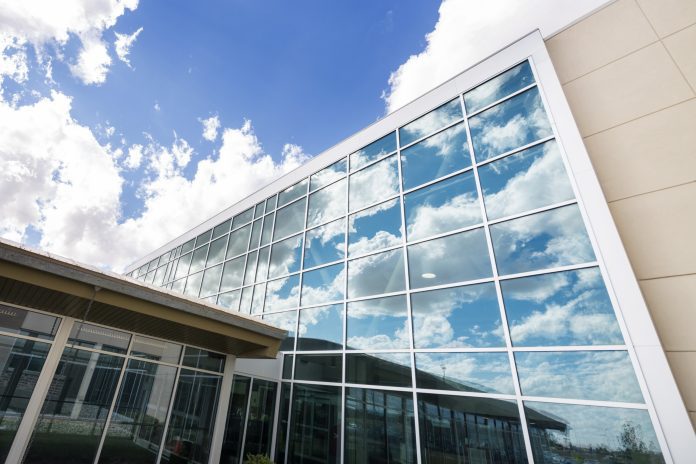Healthcare facilities not only demand robust in-building cellular connectivity, but also connectivity across expansive outdoor environments as staff need to stay connected and informed as they travel from building to building.
?A medical center?s wireless network is critical for multiple purposes such as enhancing patient care and safety, increasing staff productivity, improving operations, and keeping family and friends connected. To accommodate these various needs, healthcare facilities are turning to converged networks,? said JMA Wireless, which provides wireless solutions.
The company said that the in-building wireless system must support a wide range of frequencies, different protocols, any modulation scheme, and also it must be future-proof. The ultimate goal of this system is to provide strong wireless connectivity in-building and across a medical campus, the company said.
However, the firm highlighted that the task of ensuring good wireless coverage across a medical campus is not always easy, as the buildings are constructed of concrete and steel, and have metal film window tint – materials which impede wireless signals from the surrounding cellular towers. In recent years ?low-E? (low emissivity) glass has been installed to reduce operating costs and increase indoor comfort by transmitting visible light while controlling the amount of solar heat that enters a facility. However, low-E glass presents another deterrent to powerful in-building wireless coverage.
?Inside, ubiquitous cellular connectivity is impeded further by lead-lined X-ray rooms that act as shields to wireless signals. These sensitive areas are particularly challenging for cell phone coverage. Next, a hospital?s wireless network must be capable of supporting many different types of mobile communications. Machine-to-machine communications (M2M) along with many telemedicine applications are expanding rapidly,” the company added.
JMA Wireless said that the deployment of 5G technology will enable new use cases in the healthcare sector, which would require the deployment of a wireless network that is ready to support them.
JMA Wireless? portfolio for in-building wireless connectivity includes the TEKO DAS, the NWAV antenna line, FUZE, a line of compression connectors and jumpers, TEKO Cell Hub, and XRAN. The TEKO DAS, a modular solution supporting multiple operators and multiple bands, can be installed on campus or off-premise. This solution uses a single optical fiber per remote unit (RU) to distribute multiple frequency bands and multiple carriers from the rack mounted master unit, JMA Wireless said.
The portfolio of NWAV antennas includes FRO (Fast RollOff) technology, which ensures increased data throughput without compromising coverage. The horizontal beam produced by this technology improves the signal-to-noiseplus-interference ratio (SINR) by eliminating overlap between sectors, JMA Wireless said.
JMA Wireless also highlighted that the FUZE platform is suitable the healthcare sector as it is a good alternative for heterogeneous networks on medical campuses. This platform offers integrated IDF mounting and cabling kits for DAS and Wi-Fi delivery. In addition, it provides Digital Electricity, which is a solution to support wireless connectivity across expansive medical campuses.
The TEKO Cell Hub, a fiber connected node, can be deployed to meet the needs of smaller medical facilities. The TEKO Cell Hub integrates directly with JMA Wireless XRAN technology, the company added.

